A Glamorous Destination in the Caribbean Sea-Havana Cuba
Havana Cuba
Havana is the capital and largest city of Cuba famous for music, tradition, culture, national monuments and natural attractions. The Caribbean destination is known for a variety of Customs and traditions that amaze the national and international visitors to La Havana. The heart of the La Habana Province, Havana is the country’s principal port and commercial centre. The city has a population of 2.3 million inhabitants, is the most populous city, and is the fourth-largest metropolitan area in the Caribbean region. The attraction included in Havana is Playa, Plaza de la Revolucion, Centro Habana, Habana del Este and Old Havana (a UNESCO World Heritage Site since 1982). Travellers will find numerous places of architectural, cultural and tourist interest. Havana Cuba began as a colonial Spanish outpost and over the centuries, it grew into a large, metro city.
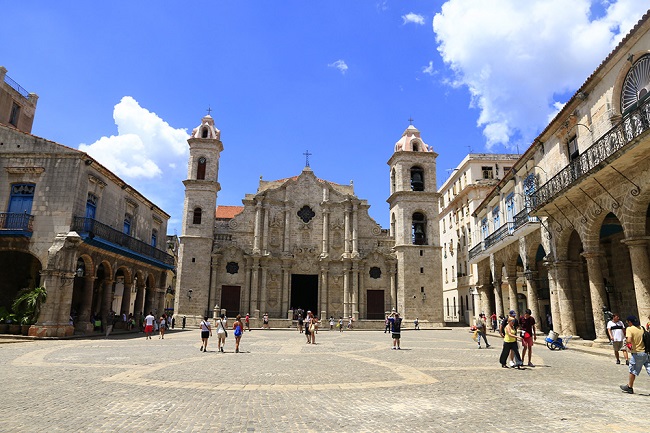
History-Havana Cuba
The first people to inhabit Cuba were the Guanajatabey people, who migrated from South America. They were followed by the Taino and Ciboney people. They migrated from the Orinoco delta of Venezuela. Havana was first visited by Europeans in 1509 when Sebastian de Ocampo navigated the entire island of Cuba. Havana city was founded by the Spanish in the 16th century. When the Spanish conquest the Americas, Havana became a stopping point for Spanish galleons returning to Spain. Philip II of Spain make Havana a capital in 1592. A fort and walls were built to protect the city.
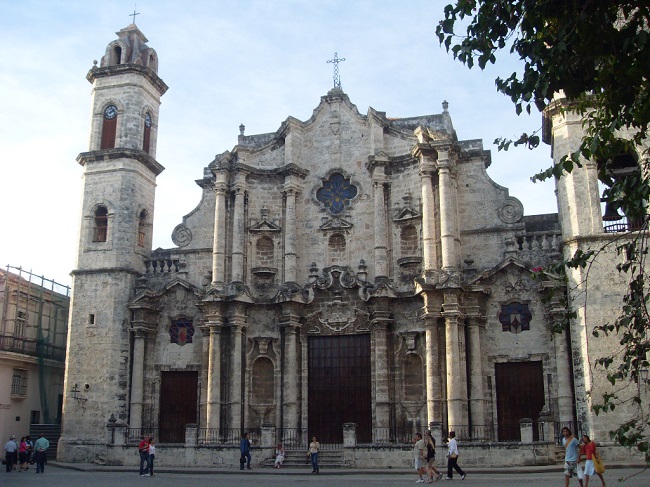
Havana became a popular destination by the end of the 18th century for bankers, merchants, and craftsmen from Europe. They give the city a very cosmopolitan atmosphere. Spanish rule in Cuba would end in 1898 when the United States invaded the island during the Spanish-American war. 4 years later, the Americans granted Cuba its independence. In 1959, Fidel Castro assumed power in Cuba following a revolution that deposed the US-backed government of Fulgencio Batista. Havana is noted for its history, culture, architecture and monuments. The city attracts millions of tourists every year from all around the world. Old Havana was declared a UNESCO World Heritage Site in 1982.
Also Read-A the symbol of the brutality and power of the Roman empire-Colosseum Rome
Geography and Geology
Havana is located on the northern coast of Cuba along the Straits of Florida, where the Gulf of Mexico joins the Atlantic Ocean. The city extends mostly westward and southward from the bay, which is entered through a narrow inlet and divides into three main harbours- Marimelena, Guanabacoa, and Atares. The Almendares River is the main tributary that traverses the city from south to north.
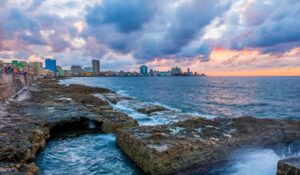
The city lies on low hills that rise gently from the waters of the straits. A limestone ridge with an elevation of 60 meters slopes up from the east and culminates in the heights of La Cabana and El Morro, the sites of Spanish fortifications overlooking the eastern bay. Another notable rise is the hill to the west that is occupied by the University of Havana and the Castillo del Principe.
Havana Cuba weather
Havana is the place where you can feel something extraordinary. Warm weather most of the year, with temperatures that range from 68 to 85°F is perfect to explore the city. Visitors can explore La Havana to attend events such as the famous Havana Carnival, the International Ballet Festival of Havana and the International Festival of New Latin American Cinema.
Havana Attraction
The modern city of Havana is divided into three distinct areas- Old Havana, Vedado, and the newer suburbs. Old Havana is characterized by narrow streets and overhanging balconies. Apart from the residential building it has historically been a centre for commerce, industry, and entertainment. Vedado is a newer part of the city, located on the north and west side. Between Vedado and Old Havana is Centro Habana, which is mainly a shopping area. it is a distinct area of the city, also considered an area of Vedado.
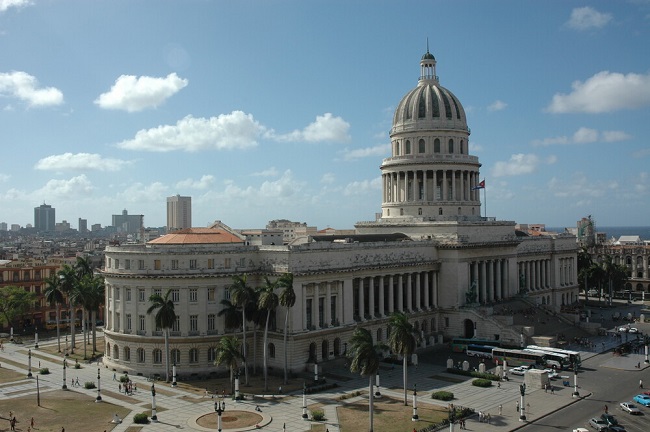
Suburbs of Havana located west of Vedado include Marianao and Miramar. Marianao dates back to the 1920s. The suburb has private country clubs, but these were also nationalized and turned into public recreation centres. The Miramar remains an exclusive area, characterized by mansions, foreign embassies, diplomatic residences, shops, and modern facilities.
Old Havana
Havana Cuba was founded in 1519 by the Spanish. In the 17th century, it had become one of the Caribbean’s main centres for ship-building. Old Havana has maintained a remarkable unity of character through its Urban plazas surrounded by many buildings of outstanding architectural merit and narrow streets. The positions of the original Havana city walls are the modern boundaries of Old Havana. In 1982, Old Havana was inscribed on the UNESCO World Heritage List, because of its unique architecture, its fortifications, and historical importance.
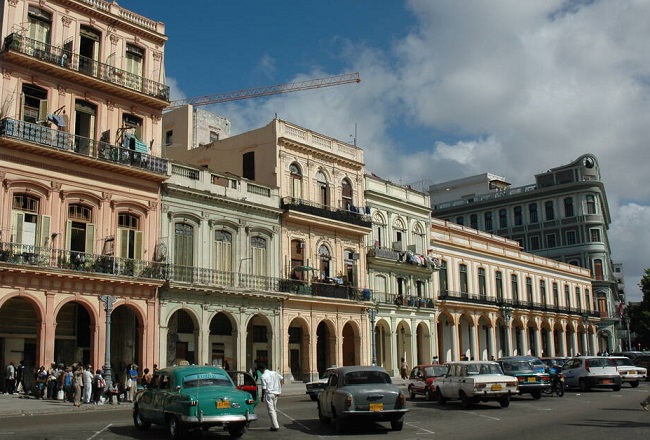
Necropolis Cristobal Colon
Necropolis Cristobal Colon is Havana’s main national monument and is renowned for its striking religious iconography and marble statues. A walk through this educational and emotional stroll gets you to Cuban history. Havana Cuba map showing the graves of assorted artists, sportspeople, politicians, writers, scientists and revolutionaries available in nearby shops. There are many statues and tombs found in this area like- The Puerta de la Paz, the tomb of independence leader General Maximo Gomez and firefighters’ monument and the neo-Romanesque Capilla Central.
Havana Beach
Venture through the beautiful beaches of the Caribbean sea is the best thing to do in Havana. Havana’s Place del Este offers easy access to miles of ocean and sandy beaches for a relaxing vacation. Visitors can grab a coconut from casual vendors that go along with the straw. After a comfortable Hot water walk, take a roadside seafood tour in a nearby shop.
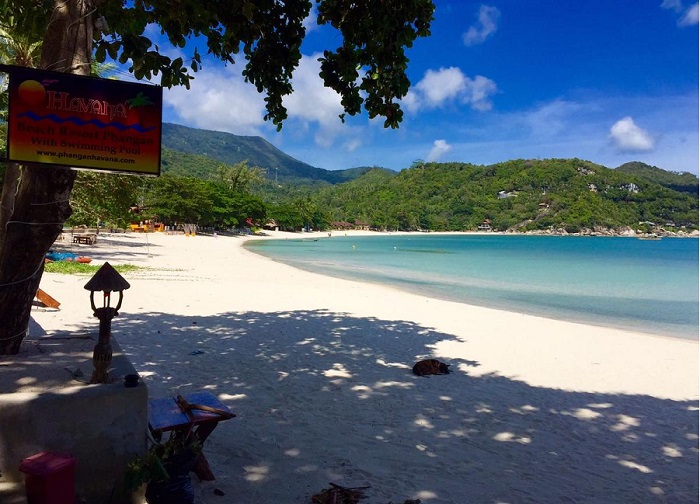
The Malecon
The Malecon is Havana’s evocative 7 km-long sea drive and one of the city’s most soulful places for assorted lovers, philosophers, poets, and travelling minstrels. The Malecon is the best attraction at sunset when the weak yellow light onto the buildings of Centro Habana.
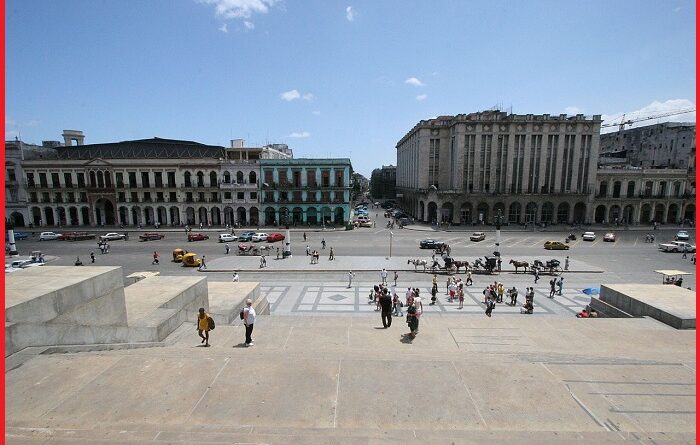
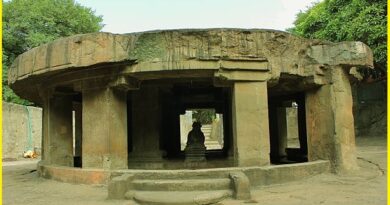
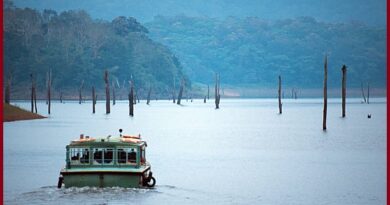
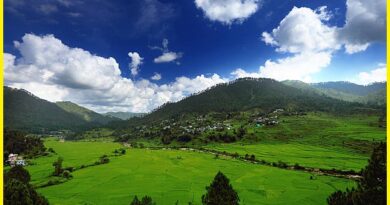
Pingback: Bora Bora Island-A Romantic Destination on Volcanic Terrain - Geotourism